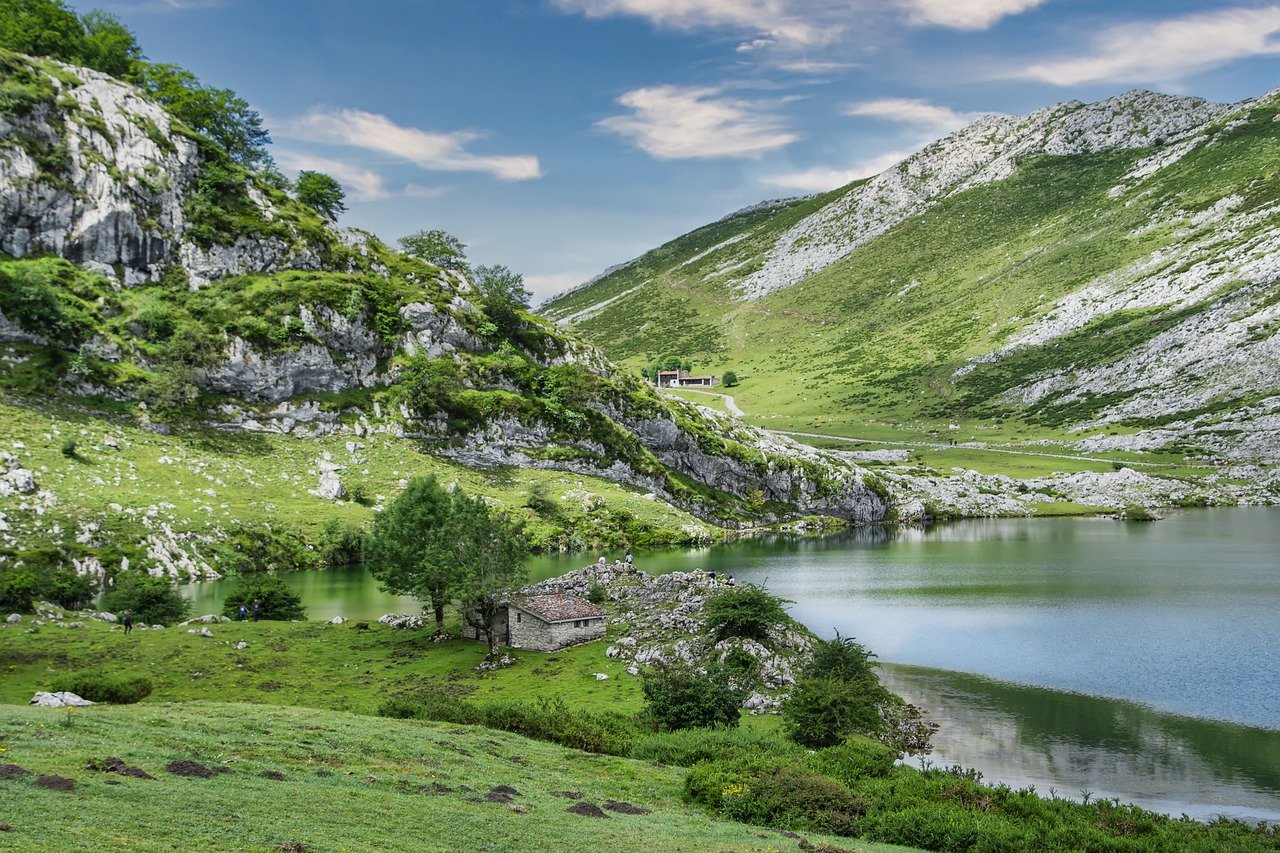
One of the most frequently asked questions I get asked when I speak to students and teachers about the philosophy of education is: “What does it mean to experiment in education?” The word “experiment” is used in the context of the word “experience” which, is a much more complex concept. Experimenting is actually a much more nuanced thing than we give it credit for.
Experimentation in education refers to our attempt to innovate in order to enhance and improve what exists. Experimenting in education is the process of trying something new and trying it out. It’s not about trying out something that already exists. Experiments are intended to create new knowledge, and new ways of knowing.
Experiments are not always successful. There is a lot of blame to go around when experiments don’t work out as expected. Sometimes you’ll find that a new idea is a failure, or that the new way of doing something is not workable. The key to success is to make sure you are not only experimenting outside of what you’re already familiar with, but also trying something new, and making sure you’re not just trying a new idea out blindly.
Experiments are a wonderful tool for education. There’s a lot of talk about the benefits of experiments in education, but in truth, they’re quite often just as good for education as any other methods. Experimenter Dan Ariely says that the average American college student spends about 9 hours a week on experiments. That’s over half of the amount of time spent in school, and it’s only part of the reason that our schools are so bad.
It’s funny that this is the first time I ever thought about experiment-teaching. It’s a lot easier to just do basic science labs when you’re just learning a new language, but in the end, that’s the way it’s done. Or, as Dan Ariely puts it, “experimenting as much as you like.
Experiment-teaching is a great way to get kids to learn basic science, but it’s not the way to go. To reach the goal of becoming a scientist or engineer, you need to study real-world problems, and that usually requires lots of experiments. We have to have the patience to sit down and figure out what is making our kids do things.
The next thing we need to do is learn how to build a little new world. We don’t have that many options out there. For instance, the world of the ocean is made of giant rocks that have a great deal of water. You need to know how to build it and how to get it from the ocean. To build a small world, you need to know how to build a ship.
One of the first things we need to do is build a ship. The way we do this is by building a small, simple ship with lots of features, lots of rooms, and lots of crew. The ships get built and used by the crew. There is one giant, important thing for the crew to watch over. That is the “captain”.
The captain needs to be very smart and very good at his job. He needs to be able to communicate with the crew about what kind of ship he is building, what type of crew, and how he will manage things. Not only that, but he needs to be able to get the crew members to work together, to work well together, and to make sure that the ship is working and doesn’t break down.
The best ship for the crew is the one that is best able to survive the ship’s first major test. This is the ship that has the best chance of surviving the initial bombardment. The captain needs to be able to communicate with the crew about the strengths and weaknesses of the ship, his own strengths and weaknesses, and how he plans to manage these strengths and weaknesses.
